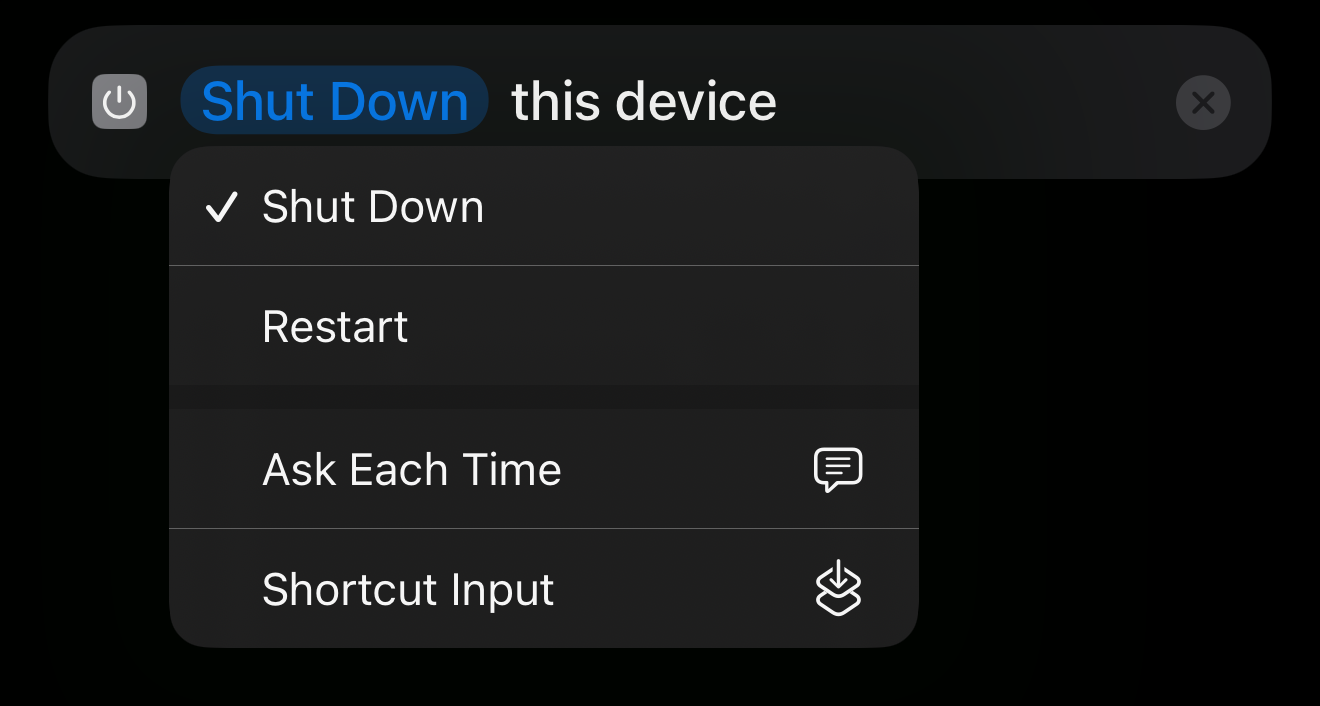I have a compsci background and I've been following language models since the days of the original GPT and BERT. Still, the weird and distinct behavior of LLMs hasn't really clicked for me until recently when I really thought about what "model" meant, as you described. It's simulating what a conversation with another person might look like structurally, and it can do so with impressive detail. But there is no depth to it, so logic and fact-checking are completely foreign concepts in this realm.
When looking at it this way, it also suddenly becomes very clear why people frustratedly telling LLMs things such as "that didn't work, fix it" is so unproductive and meaningless: what would follow that kind of prompt in a human-to-human conversation? Structurally, an answer that looks very similar! Therefore the LLM will once more produce a structurally similar answer, but there is literally no reason why it would be any more "correct" than the prior output.


and then it took humanity another 2000 years to move away from inheritance in favor of composition. you'd think someone would've realized sooner that it's not always the right abstraction...